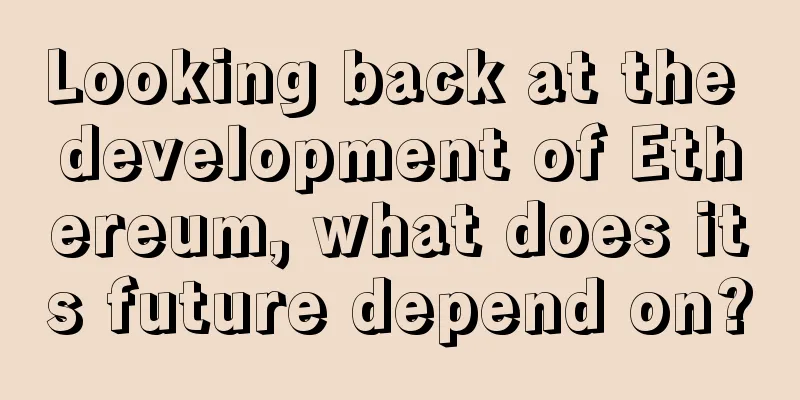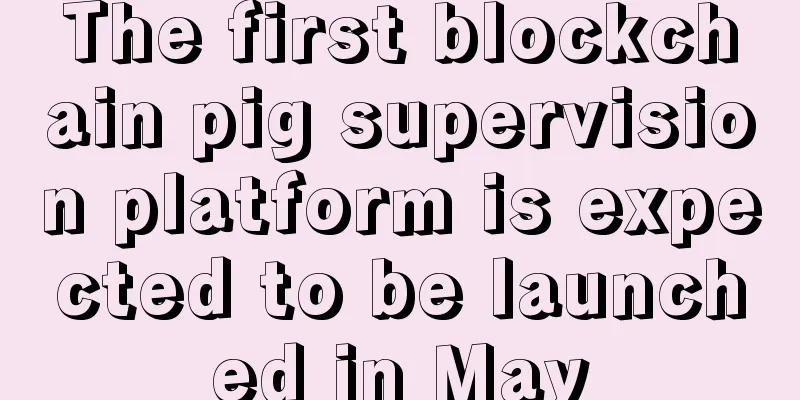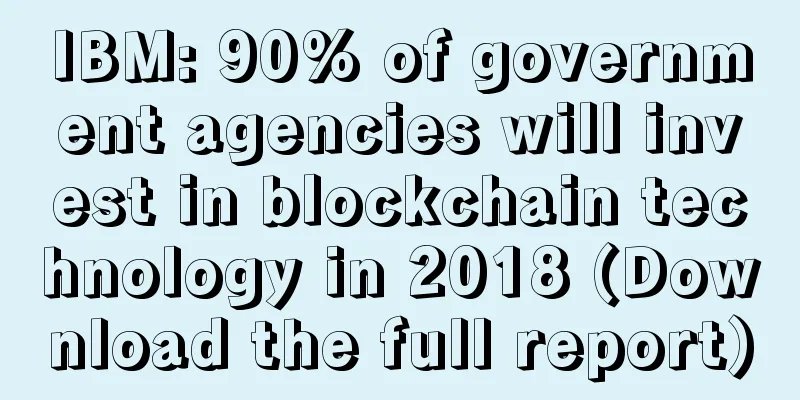Looking back at the development of Ethereum, what does its future depend on?

|
Over the years, Ethereum’s ability to host a wide range of applications and assets has become apparent, but the investment case for its native token, ETH, has become increasingly complex. With key protocol changes, especially the hard forks that activated EIP-1559 and EIP-4844, investors are beginning to wonder how Ethereum’s adoption will translate into the long-term value of ETH. While the platform has scaled, the relationship between its growth and the supply and demand for ETH (and therefore its price) is no longer as simple as it once was. The EIP-1559 Revolution: Linking Utility to Token ValueWhen Ethereum implemented EIP-1559 in 2021, it introduced a burn mechanism where the vast majority of transaction fees (base fees) would be permanently removed from circulation. This created a direct relationship between Ethereum usage and the supply of ETH. As users pay transaction fees on the Ethereum network, burns will act as a deflationary force, reducing the supply of ETH and putting upward pressure on its price. In 2023, our valuation model at CoinShares shows that under the right conditions, with Ethereum generating $10 billion per year in L1 transaction fees, which is the peak it reaches in 2021, ETH’s value could reach nearly $8,000 by 2028. However, since then, optimism has faded due to the Dencun hard fork and the rise of Layer-2 (L2), which upended fee burning and altered ETH’s value potential. The rise of Layer 2: a double-edged swordL2 platforms are designed to scale Ethereum by moving transactions from the main chain (L1) to a faster, cheaper network. Initially, L2 was a complement to L1, helping the network process more transactions without clogging up the base chain — like a pressure release valve to keep it balanced during times of high usage. But with the introduction of “blob space” in 2024, L2 can now settle transactions on L1 at a much lower cost, reducing the requirement to pay expensive L1 fees. As more activity migrates to L2, the supply consumption that EIP-1559 was designed to instill begins to decline, weakening the downward pressure on ETH supply. The reality of Ethereum generating high L1 fees to support the value of ETH now looks bleak. L1 transaction fees have been steadily declining, raising questions about how the services provided by each layer differ and what will drive the L1 fee landscape moving forward. The way forward: Resume destruction or adapt to a new realityDespite these challenges, there are potential pathways to reviving demand for L1 transactions, and by extension, ETH valuation. One option is to develop high-value use cases that rely on the security and reliability of L1, but given current trends, this seems unlikely in the near future. Another possibility is that L2 adoption grows so rapidly that the sheer volume of transactions can make up for the discounted fees - but this would require extraordinary L2 growth beyond near-term expectations. The most likely, and perhaps most controversial, solution is to reprice blob space to increase L2 settlement fees. While this would recover some of the L1 supply burn, it could disrupt the economics of L2, which is key to Ethereum’s recent success and enhances its ability as an ecosystem to compete with other platforms such as Solana, Binance Chain, etc. ETH’s uncertain futureWhile L2s have expanded Ethereum, they have also disrupted the mechanisms that tie ETH’s value to its utility. For investors, this means that ETH’s future depends on how Ethereum balances innovation with maintaining healthy economic policies. Currently, the investment case for ETH is unsettling, and the risks remain high as the Ethereum community decides its path forward. |
>>: Bitcoin: A barometer of global liquidity
Recommend
How to read the sinister face of a villain in the workplace
In life, those who work hard in the workplace hop...
Is the "川" pattern between eyebrows a blessing or a curse?
As we all know, people will get wrinkles once the...
What does Tiantong in Minggong represent?
Tian Tong Star is approachable, broad-minded, has...
Who are born lucky?
1. Beautiful eyebrows and wide forehead From the ...
Physiognomy analysis of men with moles on their foreheads who are prone to emotional disputes
Is it good for a man to have a mole on his forehe...
To truly ignite the blockchain revolution, how many steps does Quantum Chain need to take to reach C-end users?
Author: Fu Bixiao Quantum Chain wants to go furth...
How to explain the tear dimples in physiognomy and what they mean
Tear dimples refer to the dimples that appear on ...
Does a woman with a bulbous nose look poor? Will she have a chance to get rich?
The nose is very important because it is the cent...
Palm fortune telling: What are the personalities and fortunes of people with gold-shaped hands?
The gold-type hand is also called the practical h...
Chinese cryptocurrency-related institutions and projects have successively announced closures and restrictions (summary post is being updated)
On September 24, Spark Pool, an Ethereum mining p...
What is the meaning of the mole of wealth in women?
Different moles will have different effects on pe...
Bitmain's 2018 Annual Report: Expansion has problems, return to core business, and achieve refined operations
Editor's note: Today (January 21), Bitmain re...
Data shows that mineable cryptocurrencies are more valuable than non-mineable ones
There are currently 2,121 digital currencies trac...
How women perceive sexual desire
As the saying goes, appearance is determined by t...
What kind of people are loyal in love?
We all hope to find someone who is loyal in love;...









